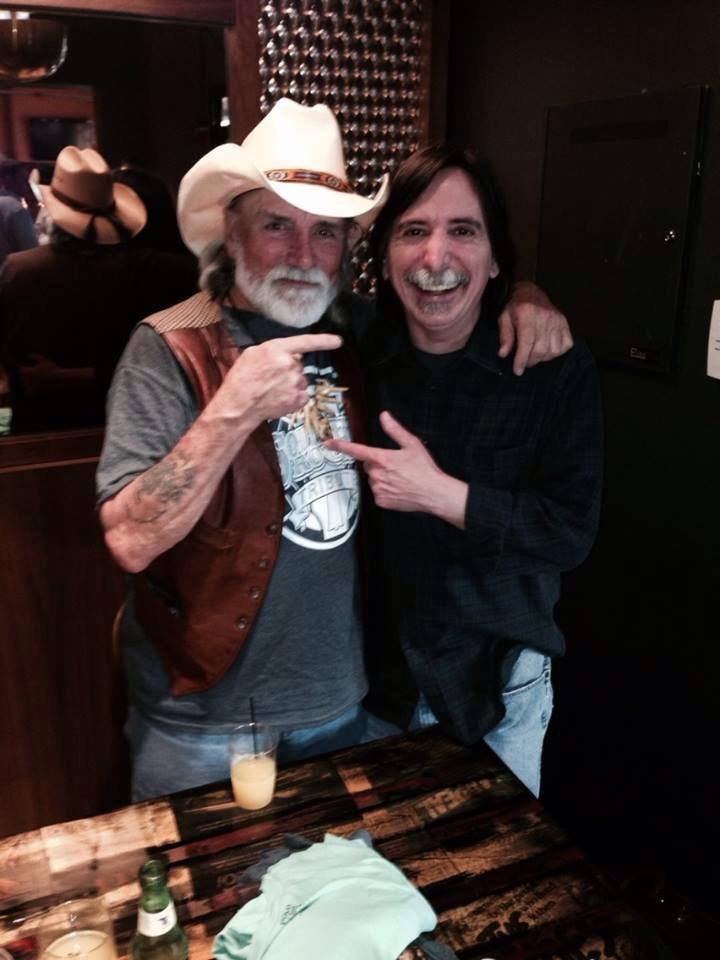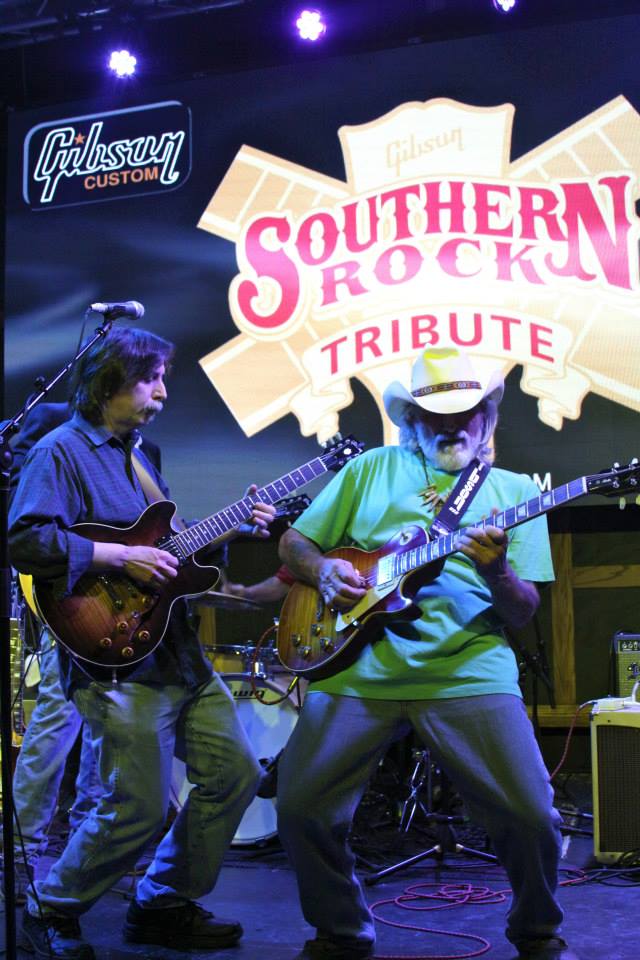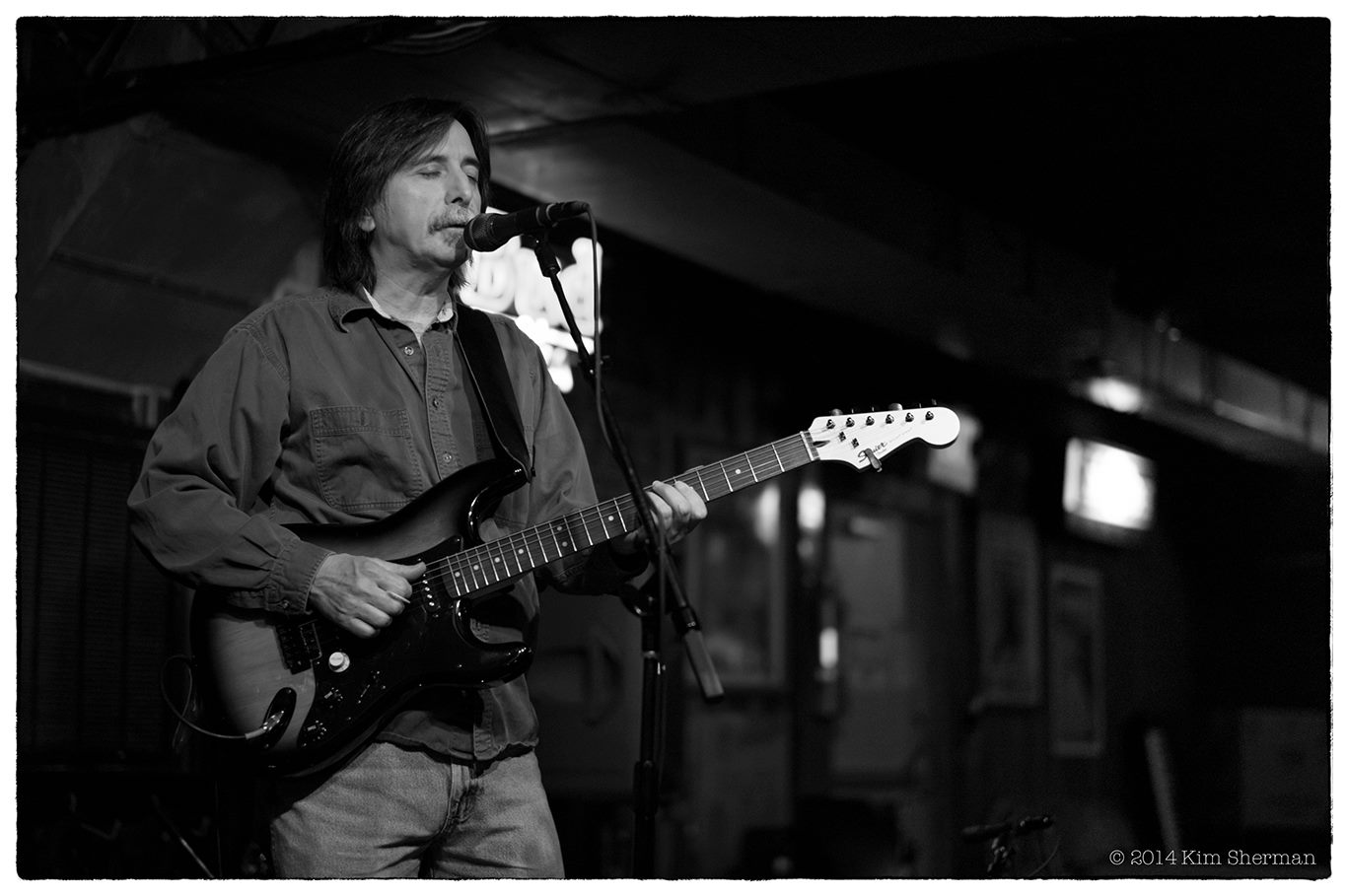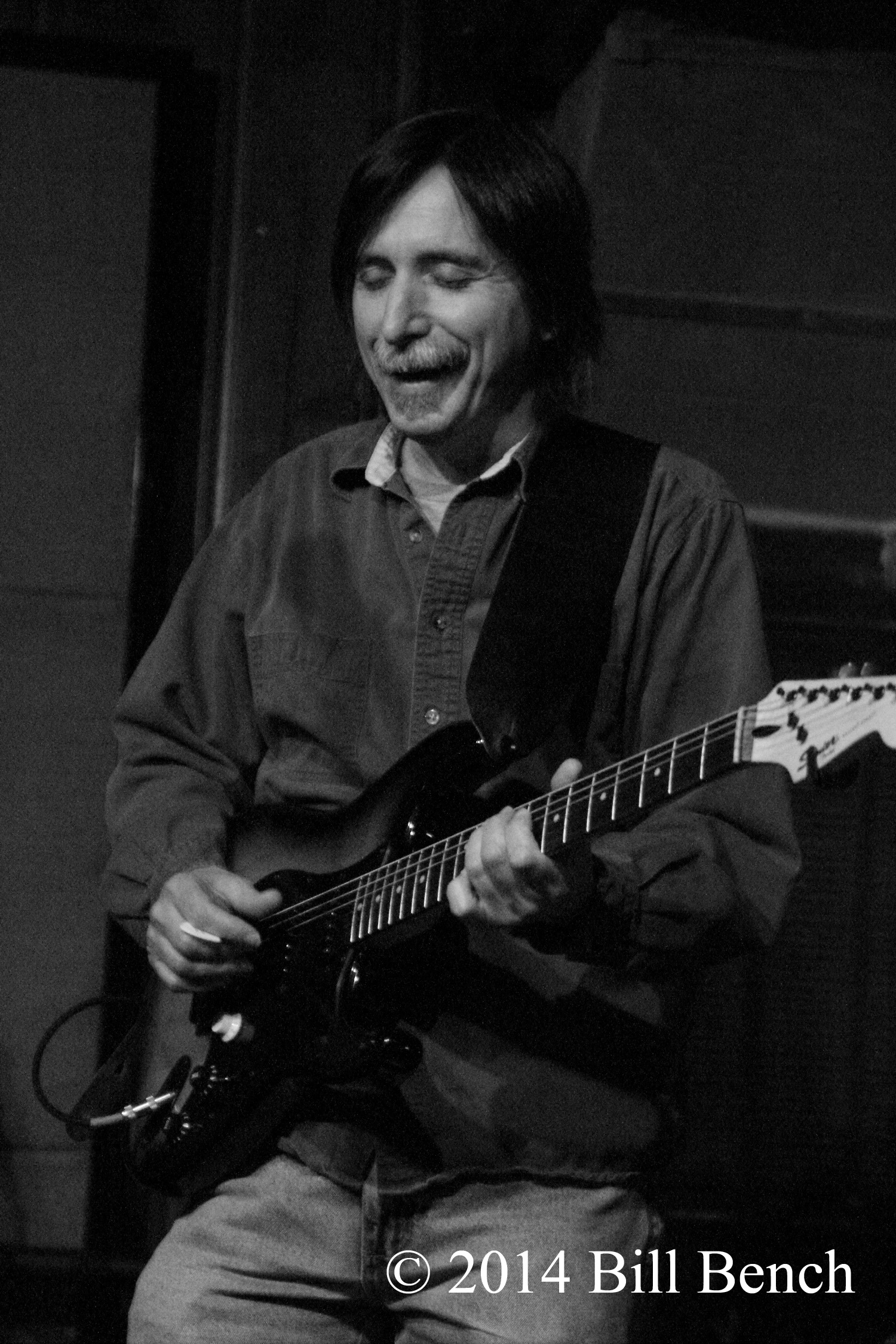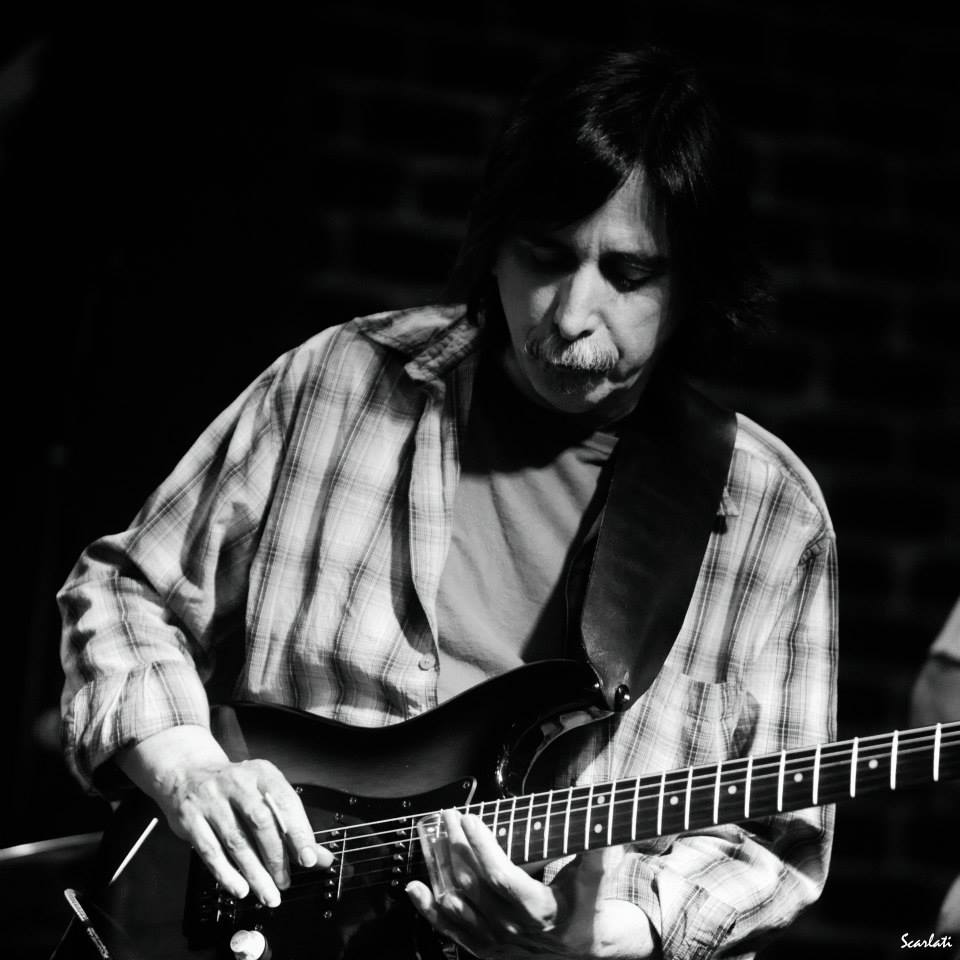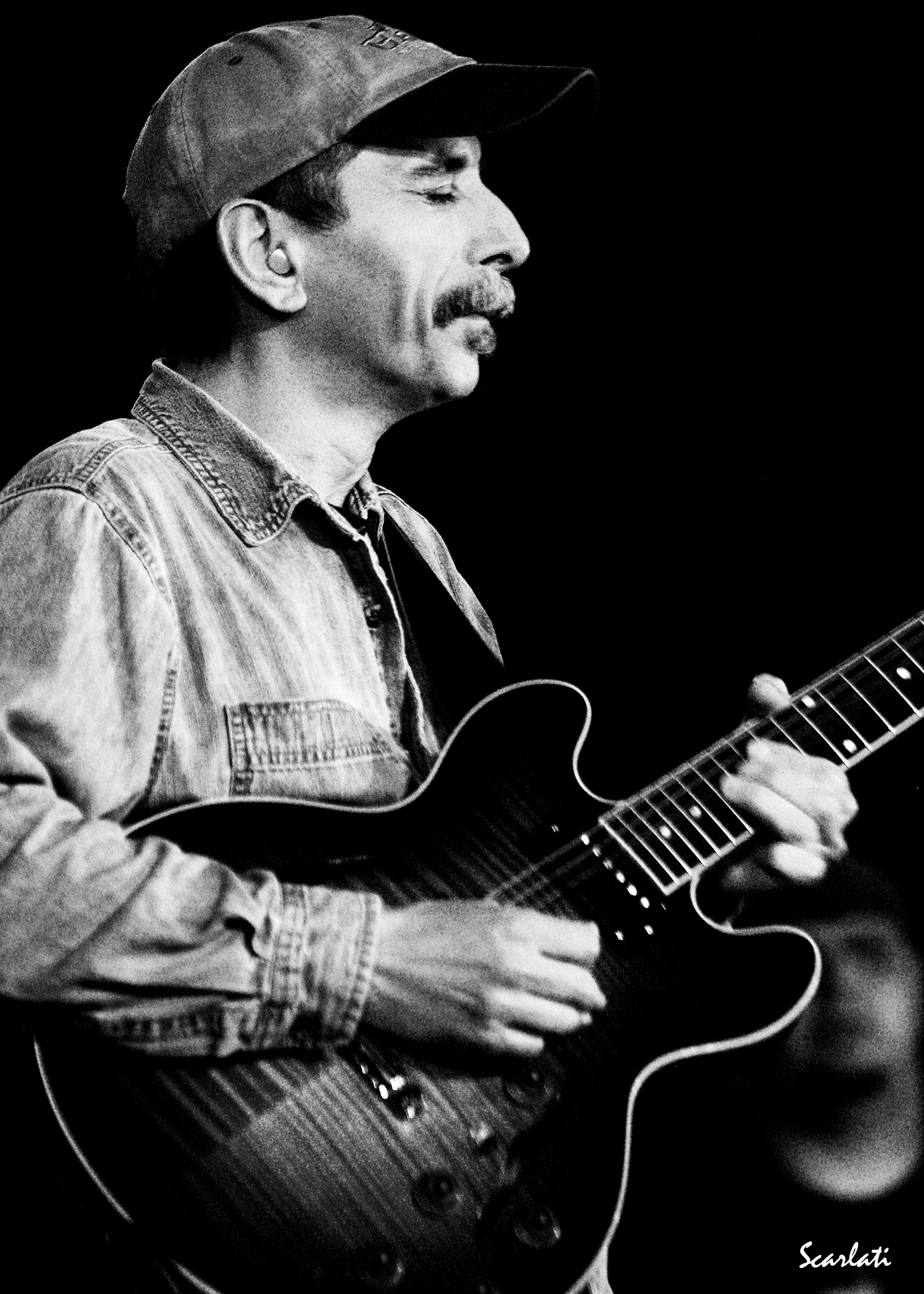Guitarist Jack Pearson: From Jazz to Jam, a Humble Genius
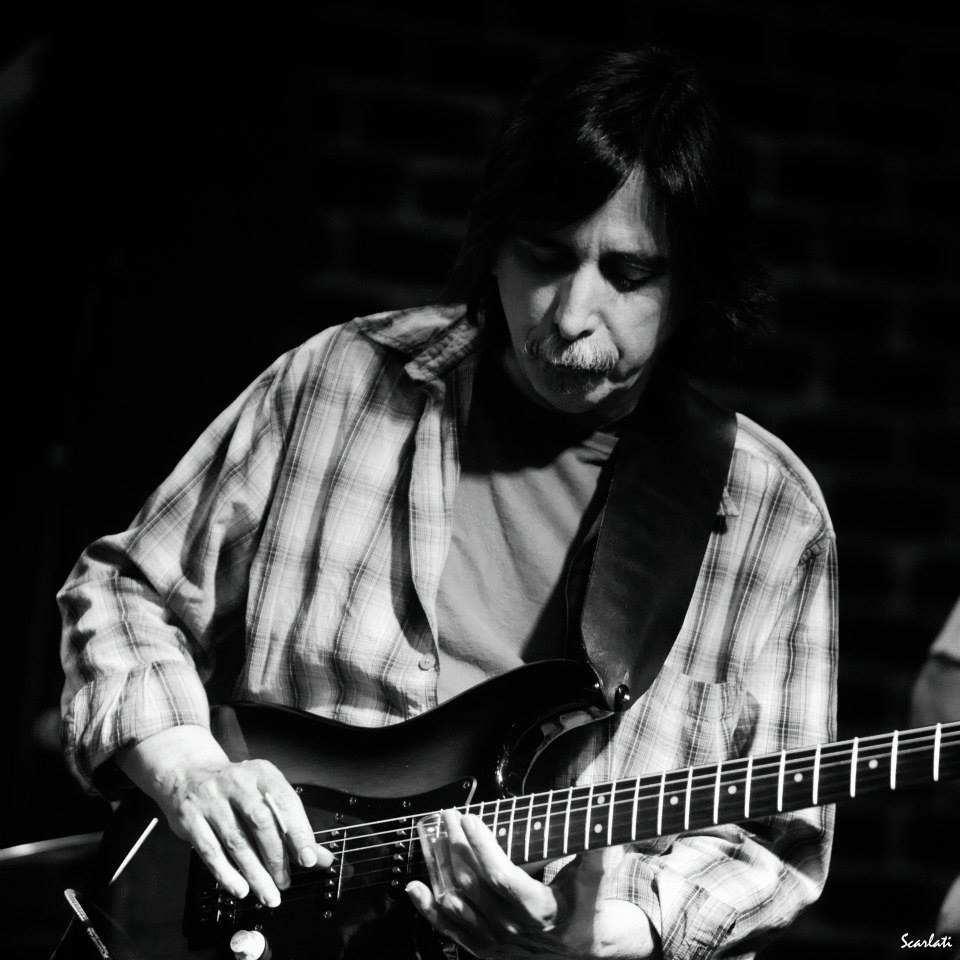
Go ahead. Ask guitarist Jack Pearson about his tours of duty with the Allman Brothers Band and Gregg Allman’s solo band.
Ask him about jamming with jazz greats like Jimmy Raney, Mundell Lowe and Jimmy Smith.
Or about sharing the stage and/or studio with the likes of everyone from bluegrass legend Earl Scruggs and the late Vassar Clements to modern-day bluesman Keb Mo’ and the hard-rockin’ Gov’t Mule—not to mention leading his own ensembles as well as his body of solo studio work.
Ask Pearson about all that, and you know what he will most likely do? He’ll probably shrug his shoulders, smile, and say in his soft Southern drawl, “Yeah, well … some folks would say, ‘That Pearson boy just can’t keep a job!’”
The fact of the matter is, 54-year-old Pearson has made—and continues to make—some incredible music. His fluency in an array of styles, combined with his easy-going attitude, make him a picker’s picker, the kind of musician other musicians admire and dig playing with.
One recent recorded example of Pearson’s talents is his performance on the All My Friends: A Tribute to Gregg Allman CD/DVD set released earlier this year. As part of the house band for the evening, Pearson backed an all-star cast of performers (as well as Allman himself) on a selection of songs from Allman's career, both as a solo artist and with the Allman Brothers Band.
Teamed up with Audley Freed (another guitarist who doesn't get anywhere close to the credit he deserves), Pearson paid homage to Duane Allman and Dickey Betts at various points in the evening, channeling and quoting some of their iconic licks while retaining his own particular voice.
All the latest guitar news, interviews, lessons, reviews, deals and more, direct to your inbox!
If one had to pick a single example of what Pearson is all about from that evening, “Ain’t Wastin’ Time No More” would do the trick (Watch the video below). While current-generation country star Eric Church guests on vocals, working himself up into a televangelist-style lather, Pearson simply stands in place and blows the roof off Atlanta’s Fox Theatre. He puts a unique spin on the mid-song break (Betts was on slide for the original, post-Duane), then takes off on a flight path of his own on the outro.
The solo is powerful, yet tasteful; Pearson takes his time building the beast, making his final statement with the slide from somewhere around the bridge pickup on the treble string. As amazing as it is to listen to, you absolutely gotta watch the video: Pearson looks like he’s waiting for the bus while everyone else in the Fox Theatre is picking their jaw up off the floor.
And the topper on the cake? He was playing an off-the-rack Squier Bullet. That pretty much sums up Pearson in a nutshell.
I recently had a chance to talk to Pearson about some of his practice habits, his musical influences and his new online venture, the Jack Pearson Guitar Academy.
GUITAR WORLD: Jack, when you’re home, are you most like to pick up an acoustic guitar or an electric and an amp?
Well … [laughs] when I’m home, I don't plug in and rock out; I usually sit at my table and play quietly unplugged—or with my acoustic.
An electric guitar has to respond unplugged. Like that Squier Bullet I played during the Gregg tribute show? I never plugged it in at the store, but I knew it would be a great guitar. I just played it acoustically. It had the most response and vibrated great … had a lot of sustain. I’ve had a couple friends play it and they didn’t see any big deal about it—but the low notes are really tight and the high notes have a certain quality.
How about practice time during an average week?
Oh, it depends; I sure don't get to do it as much as I want to! [laughs] I try to play every day and try to practice every night. When I come home from a gig, I’ll usually sit and play for an hour or two.
After you’ve been playing at the gig?
Well, you know … you’ve been playing, but you don't always get to play what you want to. And I’m always trying to learn something new; studying different things. I’m still working on it … I’ve been working on it for over 40 years! [laughs]
Was there any one person or any one musical moment that inspired you to play as a boy?
I wanted to play before I could even reach around a guitar. My mama said she had to buy me a toy guitar at the store because I wanted one so bad.
I do remember seeing my oldest brother play—he was 18 years older than me. He came over to visit—he was married by then and had a couple of kids of his own—and he’d bring his guitar with him. He was in the bedroom playing and I just knew right then I wanted to do that.
For me, I’ve got one brother, 14 years older than me. When I was little, my chore was to sit on the bed alongside him and turn the pages of the Johnny Cash songbook at the right moment … or else.
Well, there you go. [laughter] My brother showed me what he knew; he was always pulling out a record and saying, “Here, boy—learn how to play this.” He gave me a chart of the fingerboard and he made me memorize the notes, which is something he never did. I remember him telling me, “I didn't learn this, but you need to.”
I’d been playing guitar about a year when my brother brought me a slide, my first slide. He told me, “I don't know how to do this, but you need to know how.” His name was Stanley. He died in 2008.
I’m sorry, Jack. What a gift he gave you.
He sure did. I remember him writing out a chart for me to learn the fingerboard; did that for every key. That’s something I stress that to the younger musicians: “You need to know where the notes are on the neck.” That goes right back to that first lesson with my brother.
And what younger folks need to realize is, that was back in a time when you couldn't stop and restart a song you were trying to learn by clicking a mouse …
No, no, no! [laughter]
You were sitting there with a record player, picking the needle up and dropping it back down.
I went through a lot of copies of records—several versions of my favorites. I'd try to be as careful as I could and not scratch them … it was devastating if I scratched a record back then. Things weren’t as disposable as they are now, you know? I used to watch the TV and if there was a guitar player doing something, I'd run to my room and get my guitar and try to learn it.
And there wasn’t even a lot of that to watch.
People are spoiled now. I mean, I am. [laughter]
I go on YouTube and I get to watch Wes Montgomery and Django Reinhardt and everybody like that. I never saw Django until a couple of years ago, you know? I’ve got stacks of LPs and CDs of him … he’s still one of my favorites ever. But getting to see him play; see his hands and how he held the guitar? I don't know … it means a lot to me.
Which leads us to your Jack Pearson Guitar Academy, where folks can go to watch, learn and digest at their own pace.
We worked on the design for two years. One thing that took a long time was setting up the search engine so that people could type in what they were looking for—say, something about their right hand or left; a dominant 7th or I-VI-II-V chord changes. If you do a search, it’ll bring up videos that have that in it.
Super. That’s a very handy feature. I know some of the clips I’ve watched have been a mix of all sorts of things.
For instance, some of the videos are just me practicing because people have asked me how I practice. I don't know if anybody else does that, but I wanted everybody to see it. Private lessons are expensive … and guitar players usually don't have any money. [laughter] One of my goals for the website was to have it be so that people could afford to learn, you know?
And folks subscribe to your Guitar Academy lessons, correct?
Uh-huh. And once you subscribe, you have access to everything in here … and there’s a ton of stuff. We're adding things every week. It's loaded. At this point, I’m adding stuff that’s variations on things I put up earlier. It’s really just me explaining the way I play.
One of the things I enjoyed was the easy-going vibe of the videos. It’s like the viewer’s just sitting there in the living room with you, hanging out. There are technical things to learn, but you have a nice way of doling it out.
Every video’s different. Sometimes I’ll play for two or three minutes and then I’ll talk about what I just played. But what you said is what I wanted to do: have it feel like we're just sitting around.
It's great that you’re putting this out there, Jack.
Well … you’ve got to pass some of it along. Like my brother did for me all those years ago.
A former offshore lobsterman, Brian Robbins had to wait a good four decades or so to write about the stuff he wanted to when he was 15. Today he’s a freelance scribe, cartoonist, photographer and musician. His home on the worldwide inner tube is at brian-robbins.com (And there’s that Facebook thing too.)
